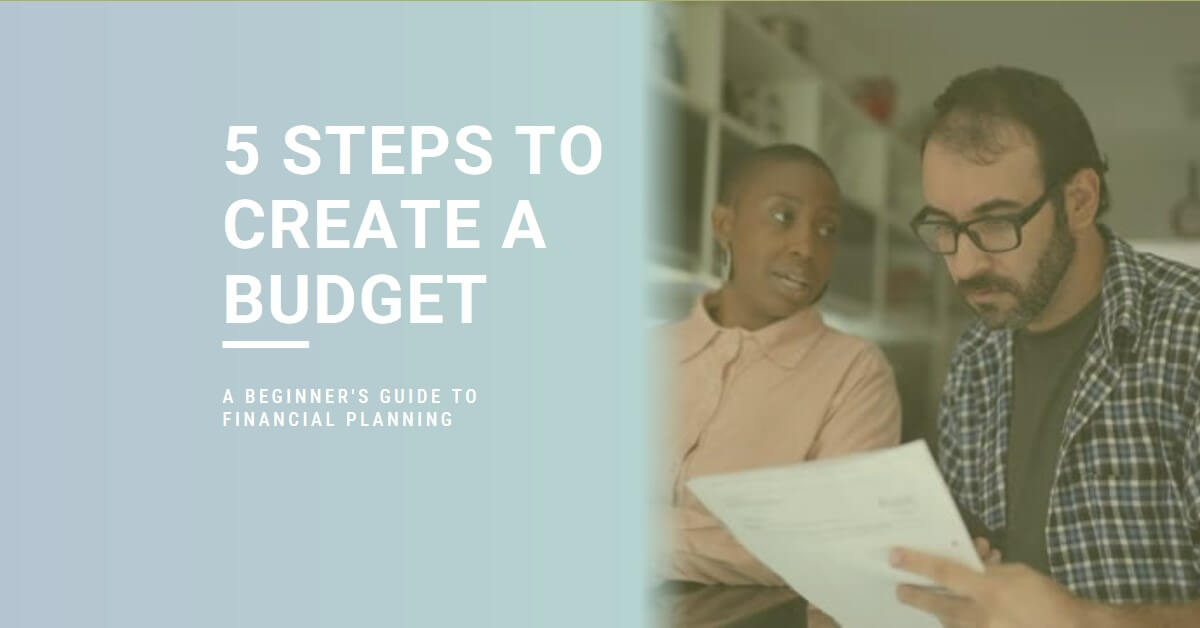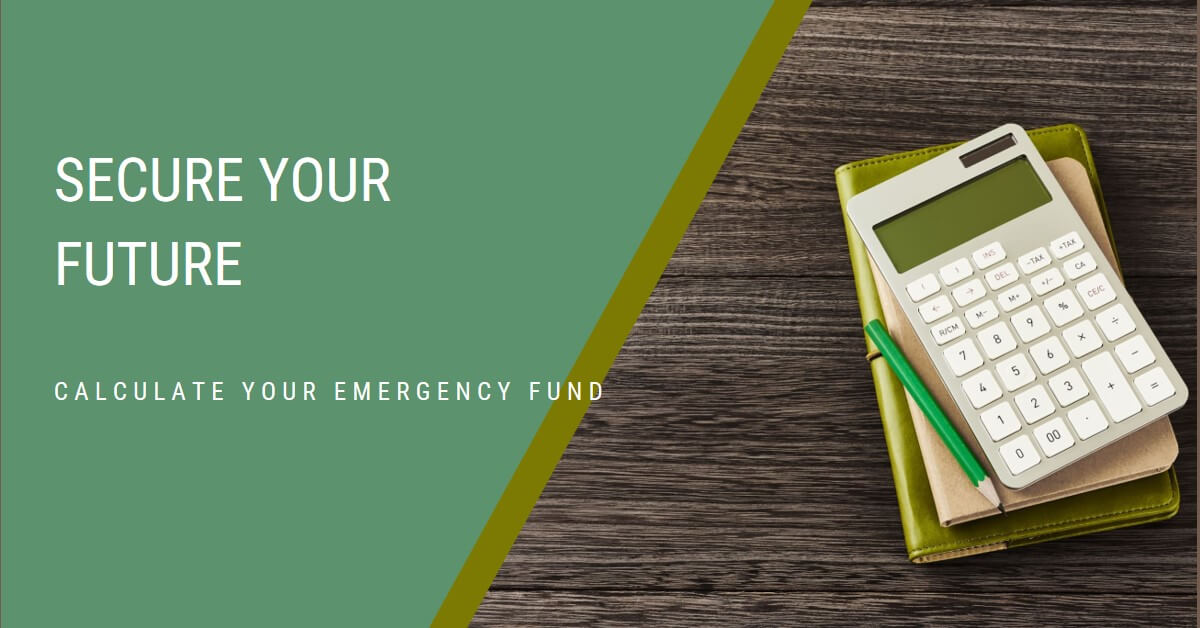
Struggling to keep track of your monthly spending? You’re not alone. Budgeting doesn't have to be complicated or restrictive - it's about gaining control, reducing stress, and helping you make smarter money choices. In this post, we'll walk you through six simple steps to budget for monthly expenses - and introduce you to a free tool to make it easier.
Why Budgeting Matters
Without a budget, it’s easy to spend more than you earn, fall into debt, or feel anxious about money. A budget gives you a clear picture of where your money goes and helps you plan ahead—whether it's for bills, savings, or fun.
Step 1: Know Your Monthly Income
Start by identifying your total income. Include:
- Net salary (after tax)
- Freelance income
- Government benefits
- Any other regular income sources
This gives you a clear number to work from.
Step 2: Track Your Current Spending
Before creating a budget, understand how you’re currently spending. Review the past 1-2 months of:
- Bank statements
- Credit card transactions
- Cash purchases
Group your expenses into categories like groceries, rent, transport, subscriptions, dining, etc.
Step 3: Categorize Expenses into Needs, Wants, and Savings
Use the popular 50/30/20 rule to group your spending:
- 50% Needs: Rent, bills, food, transport
- 30% Wants: Entertainment, dining out, hobbies
- 20% Savings/Debt Repayment: Emergency fund, superannuation, loans
This gives your budget structure and ensures you're covering both short-term and long-term goals.
Step 4: Set Spending Limits
Based on your income and the 50/30/20 guideline, assign realistic limits to each category. For example:
- $2,000 income → $1,000 Needs, $600 Wants, $400 Savings
Adjust based on your personal situation. If you're paying off debt, you might put more into savings and less into wants.
Step 5: Use a Budgeting Tool or Calculator
You don't have to do this manually! Try our free Monthly Budget Calculator to break down your expenses, set limits, and track progress in minutes.
Step 6: Review and Adjust Monthly
Your budget should evolve as your income, lifestyle, or goals change. Set a reminder to review your budget every month and make adjustments. You'll get better at it over time!
Bonus Tips for Smarter Budgeting
- Automate savings transfers
- Review subscriptions and cancel unused ones
- Use cashback or rewards when possible
- Cook more meals at home
Take Control of Your Finances Today
Budgeting doesn’t mean cutting out all fun - it means spending intentionally and knowing you're in charge. Try the Monthly Budget Calculator to start creating your budget in just a few minutes.
👉 Ready to start? Click here to use the free calculator now.


